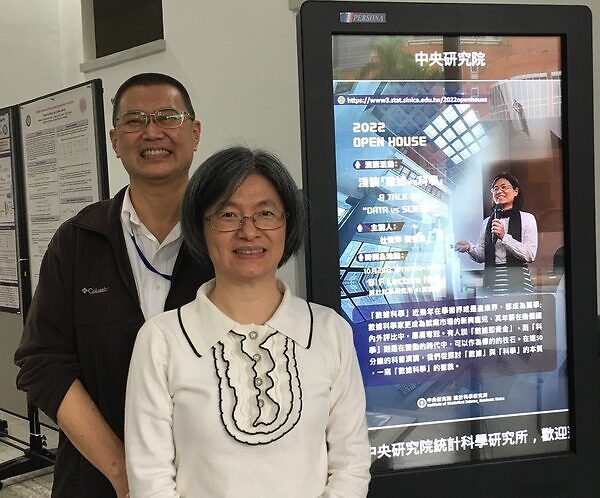[Seminar] Prof. Wei-Hau Chang & Prof. I-Ping Tu, ACADEMIA SINICA

Date
Location
Description
Speaker:
Professor Wei-Hau Chang
Institute of Chemistry, Academia Sinica, Taiwan
“Harnessing the power of Bertozzi reaction for capturing flexible parts in cryo-EM structures”
Abstract
Despite that single particle cryo-EM has become a powerful tool for structural biology as it offers maps with resolutions comparable to those from X-ray crystallography but without the need of crystal, this technique fails to capture flexible parts in a macromolecule since it is an ensemble method. In the seminar, I use RNA polymerase III (Pol III), which synthesizes structural and non-translated RNAs, as an example to illustrate the problem and our approach that utilized the famous Bertozzi reaction to achieve biorthogonal chemistry to enable selective labeling of a flexible part. Specifically, we targeted the tandem winged-helix domain (tWH) in the Rpc34 subunit of Pol III’s TFIIE-related sub-complex exerts multiple roles central to Pol III transcription. We deployed fluorescence resonance energy transfer (FRET) to probe Rpc34 tWH in a transcribing Pol III. By site-specifically incorporating an unnatural amino-acid (UAA) and developing a protocol for its selective labeling using strain-promoted azide-alkyne cycloaddition, we measured single-molecule FRET (smFRET) between an acceptor in the tWH and a donor in DNA. Our smFRET results of various FRET states along with inter-converting transitions demonstrate that Rpc34 tWH is a dynamic structural module, with multiple docking sites identified by smFRET-based nano-positioning. Our findings of tWH dynamical positioning in a transcribing Pol III may provide a structural basis underpinning its multiple-functions during a transcription. If time permits, I will cover our recent structural findings on a metalloenzyme that coverts methane to methanol where identifying the copper centers turned out to be very challenging.
Speaker:
Professor I-Ping Tu
Institute of Statistical Science, Academia Sinica, Taiwan
" Garbage in, Einstein out
A Mathematical Study of Einstein from Noise”
Abstract
A cryo-EM 3D structure is solved from many noisy 2D projections of individual molecules. Two keys that make this 3D reconstruction a challenging computational task is its high level of noise and the unknown pose parameters of each individual molecule. Often times, reference is used to initiate the search of orientation, which has incurred the risk of coalescing images with low or no signal to the reference, known as the ‘Einstein from noise’ problem. Here, we investigate this phenomenon from model-bias viewpoint in terms of image dimensionality and sample size. By using mathematical modeling, we derive a surprisingly simple form accurately predicting the correlation value between Einstein face and the spurious image arising from averaging the sorted top images of purely Gaussian noise images. This theoretical value increases with n (the number of images) and m (the number of images sorted for averaging) but decreased with p (the dimensionality of image). To avoid ‘Einstein from noise’ pitfall, we propose a denoising method as a data pre-processing tool to increase the SNR. We observe that this tool makes significant improvement in either computation time or clustering average quality in 2D clustering of various cryo-EM analysis packages.
Attachments
Subscribe to the OIST Calendar: Right-click to download, then open in your calendar application.



